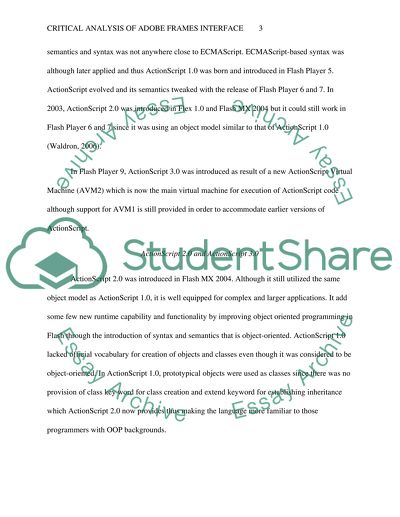Cite this document
(“Adobe Frames Interface Essay Example | Topics and Well Written Essays - 3250 words”, n.d.)
Retrieved de https://studentshare.org/design-technology/1392589-critical-analysis-of-adobe-frames-interface
Retrieved de https://studentshare.org/design-technology/1392589-critical-analysis-of-adobe-frames-interface
(Adobe Frames Interface Essay Example | Topics and Well Written Essays - 3250 Words)
https://studentshare.org/design-technology/1392589-critical-analysis-of-adobe-frames-interface.
https://studentshare.org/design-technology/1392589-critical-analysis-of-adobe-frames-interface.
“Adobe Frames Interface Essay Example | Topics and Well Written Essays - 3250 Words”, n.d. https://studentshare.org/design-technology/1392589-critical-analysis-of-adobe-frames-interface.


